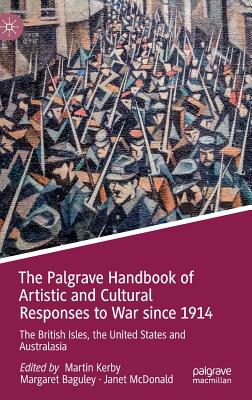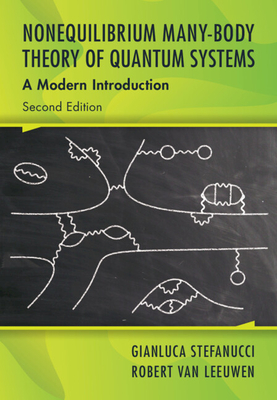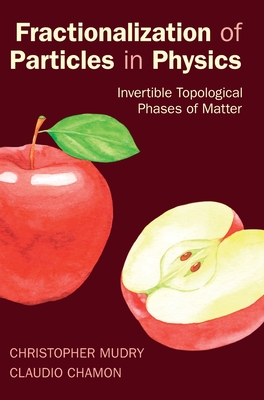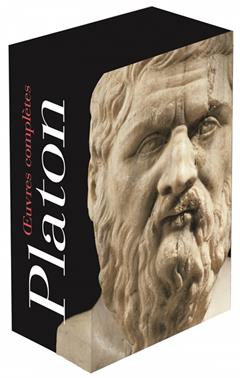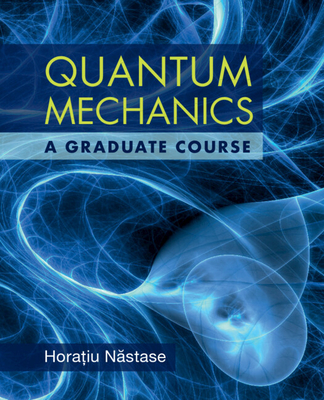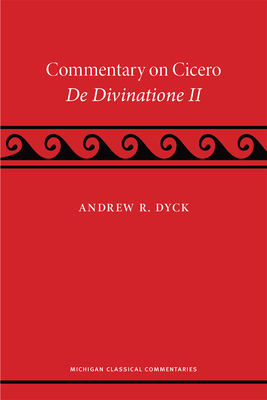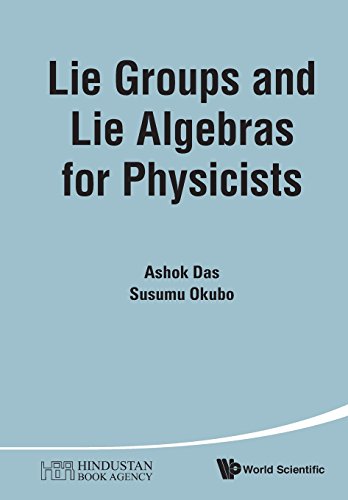图书简介
This handbook explores a diverse range of artistic and cultural responses to modern conflict, from Mons in the First World War to Kabul in the twenty-first century. With over thirty chapters from an international range of contributors, ranging from the UK to the US and Australia, and working across history, art, literature, and media, it offers a significant interdisciplinary contribution to the study of modern war, and our artistic and cultural responses to it. The handbook is divided into three parts. The first part explores how communities and individuals responded to loss and grief by using art and culture to assimilate the experience as an act of survival and resilience. The second part explores how conflict exerts a powerful influence on the expression and formation of both individual, group, racial, cultural and national identities and the role played by art, literature, and education in this process. The third part moves beyond the actual experience of conflict and its connection with issues of identity to explore how individuals and society have made use of art and culture to commemorate the war. In this way, it offers a unique breadth of vision and perspective, to explore how conflicts have been both represented and remembered since the early twentieth century.
Chapter 1: Introduction – Artistic and Cultural Responses to War; Martin Kerby, Margaret Baguley and Janet McDonald.- Part One: Loss, Grief and Resilience.- Chapter 2: No Agency: Iraq and Afghanistan at War. The Perspective of Commissioned War Artists; Charles Green and Lyndell Brown.- Chapter 3: Megan Leavey and the Popular Visual Culture of the War-on-Terror; Paul Duncum.- Chapter 4: Tommy Talk: War Hospital Magazines and the Literature of Resilience and Healing; Alice Brumby.- Chapter 5: Wirral and The Great War; Stephen Roberts.- Chapter 6: Touring the battlefields of the Somme with the Michelin and Somme Tourisme guidebooks; Caroline Winter.- Chapter 7: Pro patria mori – A Memorial in Music; Phillip Gearing.- Chapter 8: The Stamps-Baxter GI School of Music; Jeanette Fresne.- Chapter 9: Witnesses to Death – Soldiers on the Western Front; Natasha Silk.- Chapter 10: The Soldier as Artist – Memories of War; Michael Armstrong.- Chapter 11: Icons of Horror: Three enduring images from the Vietnam War; John M. Harris.- Part Two: Identity.- Chapter 12: The Weather in our Souls: Curating a national collection of Second World War art at the Imperial War Museum (IWM); Claire Brenard.- Chapter 13: Write propaganda, shut up or fight: Philip Gibbs and the Western Front; Martin Kerby, Margaret Baguley and Abbey MacDonald.- Chapter 14: A War on Two Fronts: British Morale, Cinema and Total War 1914-1958; Gerard Oram.- Chapter 15: (Re)writing World War Two: United States, Russian and German national history textbooks in the immediate aftermath of 1989; Susan Santoli.- Chapter 16: They Wandered Far and Wide: The Scottish Soldier in the A.I.F.; Chapter 17: Scottish War Resisters and Conscientious Objectors 1914-1919; William Kenefick.- Chapter 18: Australian not by blood, but by character: Soldiers and Refugees in Australian Children’s Picturebooks; Martin Kerby, Margaret Baguley, Nathan Lowien and Kay Ayre.- Section 3: Commemoration.- Chapter 19: War began in nineteen sixty-three: Poetic responses to the 50th anniversary; Martin Malone.- Chapter 20: “Heroes and their Consequences:” 9/11, The War on Terror, and the Marvel Cinematic Universe; Inga Meier.- Chapter 21: ‘Re-membering’ the past; eye-witness and post-battle artistic accounts of the Falklands War; Paul Gough.- Chapter 22: The Imagined Memorial Gallery: Britain’s aspiration to commemorate the Great War through art; Alexandra Walton.- Chapter 23: Rectifying an Old Injustice: The Korean War Memorial in Washington, D.C.; Christine Knauer.- Chapter 24: Lest They Forget: Exploring Commemoration and Rembrance through Games and Digital Technologies; Iain Donald.- Chapter 25 : Combat Cinematography: Interpreting the cinematographic form of combat realism; Daniel Maddock.- Chapter 26: Conflict and Compromise: Australia’s Official War Artists and the “War on Terror”; Kit Messham-Muir.- Chapter 27: Angels, Tanks and Minerva: Reading the memorials to the Great War in Welsh chapels; Gethin Matthews.- Chapter 28: ‘The nest kept warm’: Heaney and the Irish soldier-poets; Martin Malone.- Chapter 29: The Theatre of War: Rememoration and the Horse; Janet McDonald.-Chapter 30: Australian War Memorials: A nation re-imagined; Martin Kerby, Malcom Bywaters and Margaret Baguley.- Chapter 31: Conclusion; Martin Kerby, Margaret Baguley and Janet McDonald.- Index .
Trade Policy 买家须知
- 关于产品:
- ● 正版保障:本网站隶属于中国国际图书贸易集团公司,确保所有图书都是100%正版。
- ● 环保纸张:进口图书大多使用的都是环保轻型张,颜色偏黄,重量比较轻。
- ● 毛边版:即书翻页的地方,故意做成了参差不齐的样子,一般为精装版,更具收藏价值。
关于退换货:- 由于预订产品的特殊性,采购订单正式发订后,买方不得无故取消全部或部分产品的订购。
- 由于进口图书的特殊性,发生以下情况的,请直接拒收货物,由快递返回:
- ● 外包装破损/发错货/少发货/图书外观破损/图书配件不全(例如:光盘等)
并请在工作日通过电话400-008-1110联系我们。
- 签收后,如发生以下情况,请在签收后的5个工作日内联系客服办理退换货:
- ● 缺页/错页/错印/脱线
关于发货时间:- 一般情况下:
- ●【现货】 下单后48小时内由北京(库房)发出快递。
- ●【预订】【预售】下单后国外发货,到货时间预计5-8周左右,店铺默认中通快递,如需顺丰快递邮费到付。
- ● 需要开具发票的客户,发货时间可能在上述基础上再延后1-2个工作日(紧急发票需求,请联系010-68433105/3213);
- ● 如遇其他特殊原因,对发货时间有影响的,我们会第一时间在网站公告,敬请留意。
关于到货时间:- 由于进口图书入境入库后,都是委托第三方快递发货,所以我们只能保证在规定时间内发出,但无法为您保证确切的到货时间。
- ● 主要城市一般2-4天
- ● 偏远地区一般4-7天
关于接听咨询电话的时间:- 010-68433105/3213正常接听咨询电话的时间为:周一至周五上午8:30~下午5:00,周六、日及法定节假日休息,将无法接听来电,敬请谅解。
- 其它时间您也可以通过邮件联系我们:customer@readgo.cn,工作日会优先处理。
关于快递:- ● 已付款订单:主要由中通、宅急送负责派送,订单进度查询请拨打010-68433105/3213。
本书暂无推荐
本书暂无推荐
